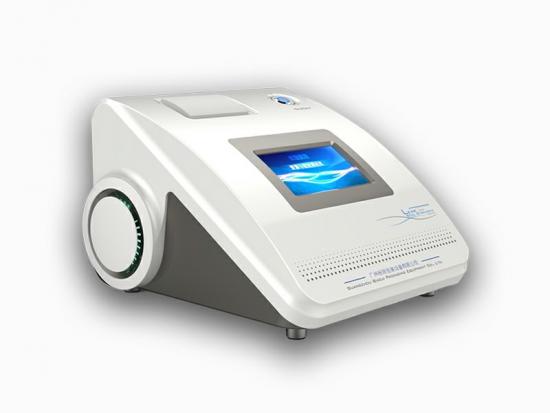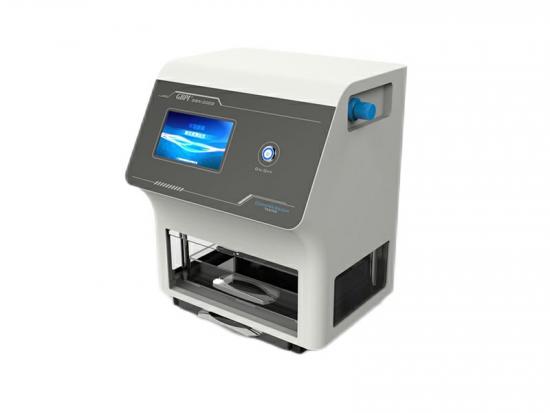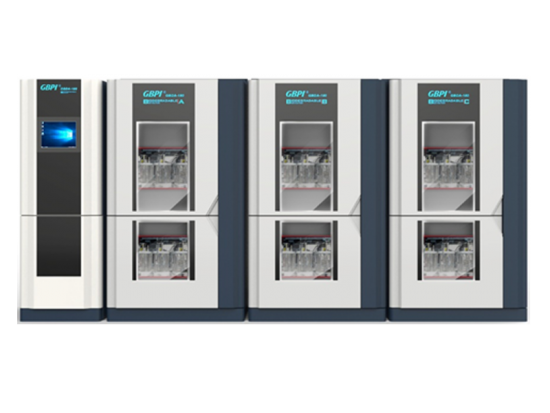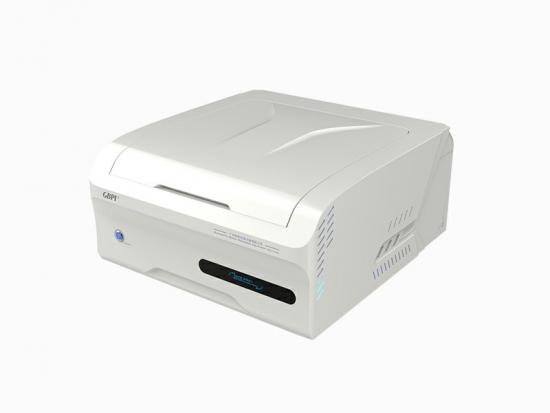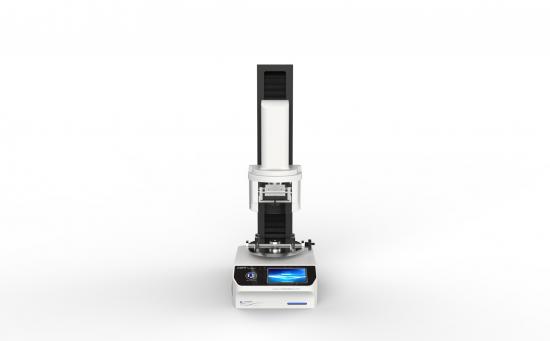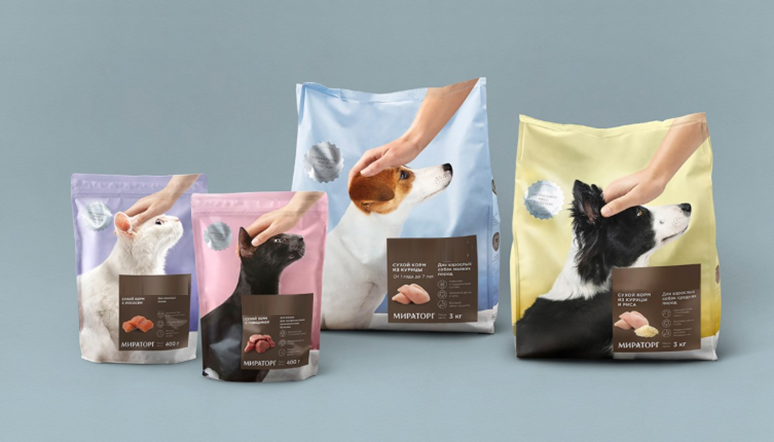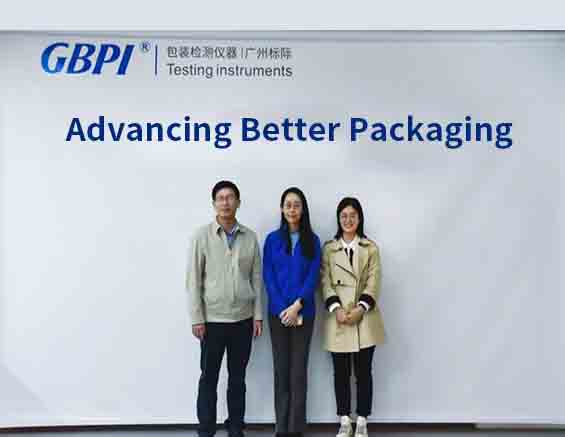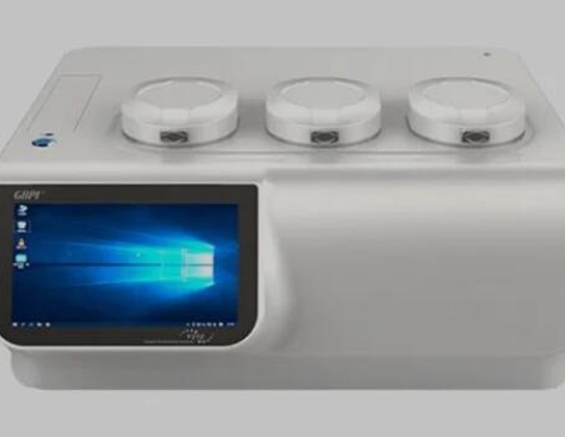A semiconductor package is a metal, plastic, glass, or ceramic casing containing one or more discrete semiconductor devices or integrated circuits. Individual components are fabricated on semiconductor wafers (commonly silicon) before being diced into die, tested, and packaged. Water Vapor Transmission Rate (WVTR) testing is critical for semiconductor packaging for several reasons: 1. Protection Against Moisture: Semiconductors are highly susceptible to damage from moisture. Moisture can lead to corrosion of the metal interconnects, oxidation of the lead frames, and other moisture-related failures. WVTR testing ensures that the packaging material has a low permeability to water vapor, thereby protecting the semiconductor from moisture. 2. Reliability and Performance: The reliability of semiconductor devices is paramount, especially in critical applications such as automotive, aerospace, medical, and military. WVTR testing of the packaging material ensures that devices will perform reliably over their intended lifespan. 3. Preventing Delamination and Internal Stresses: Moisture inside the package can cause the different materials within the semiconductor package to expand at different rates, leading to delamination and internal stresses. These can cause cracks and other failures. WVTR testing helps in selecting materials that minimize these risks. 4. Avoiding "Popcorning" During Solder Reflow: The solder reflow process involves high temperatures that can cause trapped moisture to expand rapidly, potentially causing the package to crack or "popcorn." This can lead to catastrophic failure of the semiconductor device. WVTR testing helps to ensure that packaging materials are sufficiently moisture-resistant to prevent this. 5. Quality Control and Assurance: WVTR testing is part of comprehensive quality control and assurance programs for semiconductor manufacturing. It helps to verify that packaging materials meet the required specifications for moisture barrier properties. 6. Compliance with Industry Standards: Various industry standards, such as those set by JEDEC, may specify WVTR requirements. WVTR testing ensures compliance with these standards, which is important for interoperability and reliability across different environments and applications. 7. Long-Term Stability and Shelf Life: Semiconductor devices may be stored for extended periods before being used. WVTR testing ensures that the packaging can protect the device from moisture for the duration of its shelf life. 8. Cost Savings: By ensuring that the semiconductor packaging has a low WVTR, manufacturers can avoid costly failures and warranty claims. It is much more cost-effective to test and ensure proper packaging than to deal with the fallout of device failures in the field. In summary, WVTR testing is a key aspect of ensuring the durability and reliability of semiconductor packages, which in turn affects the performance and longevity of electronic devices. GBPI advanced infrared me...
View More

 info@gbtest.cn
info@gbtest.cn



 en
en ru
ru es
es ar
ar

